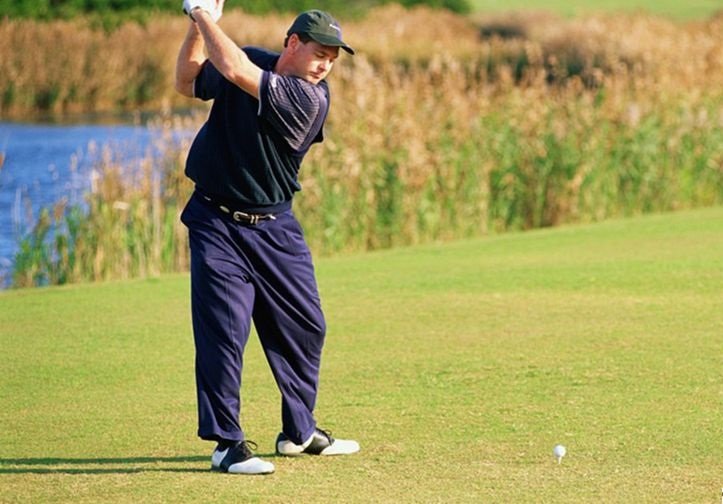
Golf, it’s that amazing sport known for its precision and finesse, where every little detail can make or break your game. And one of the biggest game-changers? Your backswing. In this article, we’re diving into the fascinating world of backswings in golf, and why it’s not a one-size-fits-all situation. By the time you’re done reading, you’ll see how this subtle aspect can totally up your golf game.
The Basics of the Backswing
But before we get into the nitty-gritty of why backswings are unique to each golfer, let’s break down what a backswing is. It’s that initial movement where your golf club starts to move away from the ball. And believe it or not, this simple motion sets the stage for the entire swing and, most importantly, how you connect with the ball. It’s like the opening act to the golfing show.
The Crucial Role of a Good Backswing
So, why does a good backswing matter so much? Well, it’s like the foundation of your golfing skills. Here are a few key reasons why nailing your backswing is a game-changer:
Consistency: A smooth, consistent backswing means you’re bringing that same, reliable swing to every shot. That kind of consistency is your ticket to predictability on the course.
Control: Your backswing sets up your club’s angle and the direction it’s headed. And trust us, controlling the club is vital for keeping that ball on target.
Power: Ever wonder where you get all that power for long drives? It’s the backswing! The longer it is, the more energy you can unleash in the downswing, giving your shots the oomph they need.
Varying Backswing Lengths
Now, let’s tackle the fun part: why backswing length isn’t a one-size-fits-all deal. Golfers are as diverse as clubs in a bag, and what works for one might not work for another. Here’s why there’s variation:
Physical Differences: We’re not all built the same. Some folks can bend and twist more than others. So, naturally, the ideal backswing length will be different based on your body’s unique traits.
Skill Level: Beginners often benefit from shorter, more controlled backswings that prioritize accuracy. Seasoned golfers, however, might need a longer backswing to go the distance.
Swing Plane: Everyone’s got their own swing plane, the path their club follows. Your backswing should sync up with your unique swing for the best results.
Club Choice: Different clubs, different strokes. Irons and drivers have different demands, so their ideal backswing lengths aren’t the same.

Want to put what you learned into practice?
Interested in learning how to vary your back swing? As a PGA instructor, I can help you improve your swing mechanics and other parts of your golf game. Book a lesson with me online now!

